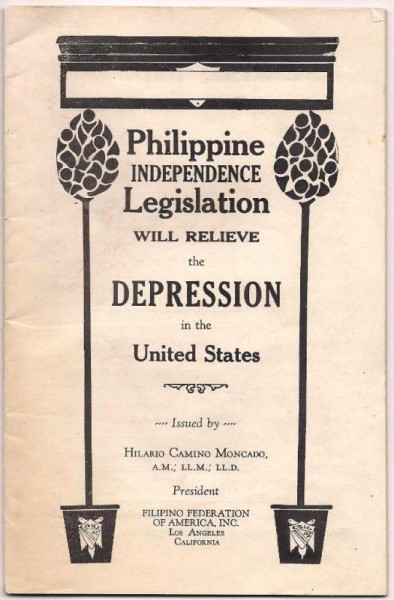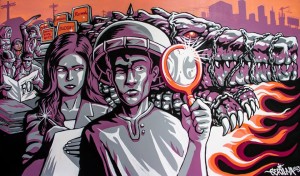
While browsing through various online archives, I occasionally come upon evidence of how Filipinos figured into 19th century Western print culture, usually in the form of the mysterious “Manilla Men.” They are mentioned in novels and essays by Melville, William Dean Howells, and Mark Twain; and Nathaniel Hawthorne briefly mentions sharing a picnic lunch with two Manila Men in a diary entry from 1868. As the Philippine American war heated up, American newspapers employed various writers–such as Lafcadio Hearn–to tell their tales about Filipinos and what they perceived as Filipino culture. This morning, while looking for references to Filipino newspapers in the Library of Congress’ Chronicling America site, I stumbled across a “true” story about a mutiny by Arthur Conan Doyle in — of all places — the Omaha Daily Bee, March 29, 1899: a short story entitled “The Deed of the Six Manila Men.” It was also published in the San Francisco Call, same month and year, with the title “Mutiny of the Flowery Land.” As usual, for those times, the characterization of the Manila Men is pretty unflattering and racist, and also underlines the idea that they were considered untrustworthy:
“The Manila Men appeared to submit to discipline, but there were lowering brows and sidelong glances that warned their officers not to trust them too far. Grumbles came from the forecastle as to the food and water–and the grumbling was perhaps not altogether unreasonable.”
The whole story can be read in one of the two links above, and you can read a Times news report (1864) about it here. A much more detailed and lengthy report of the execution was also published in The Age (Melbourne, Australia), April 15, 1864.


